Remembering my visit Auschwitz. Over 1.1 million men, women and children lost their lives here.
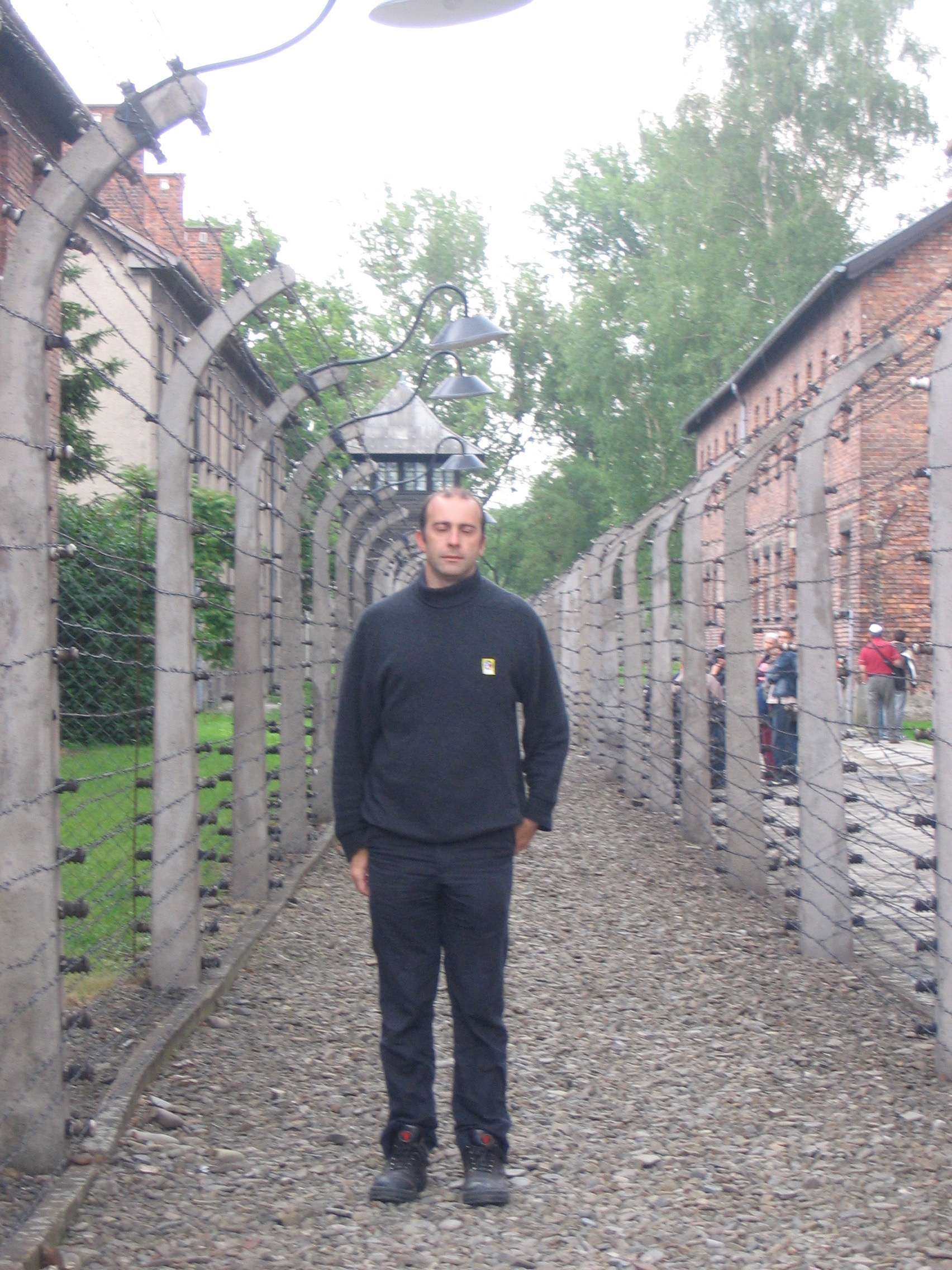
Verdict:
- My Overall Rating: 100%
- Global Ranking: Listed Tenth Museum in the world by TripAdvisor. In 1979, the concentration camp was designated as one of the UNESCO’s World Heritage Sites.
- Why it should be visited: History,
- Negatives: Crowds
- Would I return?: Yes. I would choose a period that is as “off seasons” as possible. It is a dilemma about the crowds because in reality, every human should come here. In fact, all politicians should come and see this place (and Hiroshima), before taking power. Canadian Prime Minister Justin Trudeau visited last year
Location and Orientation
The concentration camp of Auschwitz – Birkenau is located on the outskirts of the city of Oświęcim, about 66 kilometres west of the beautiful city of Krakow in Poland. Auschwitz is synonymous with the horrors of The Holocaust. It was the centre of the Nazi “Final Solution” to the Jewish “Problem” with one in six Jews who were killed in the Holocaust, being killed in this place. An estimated 1.3 million people were sent to this camp, of whom 1.1 million died.
Today, over a million visit the site annually. All in all, it is estimated that close to fifty million people have seen the place since it opened as a Museum.
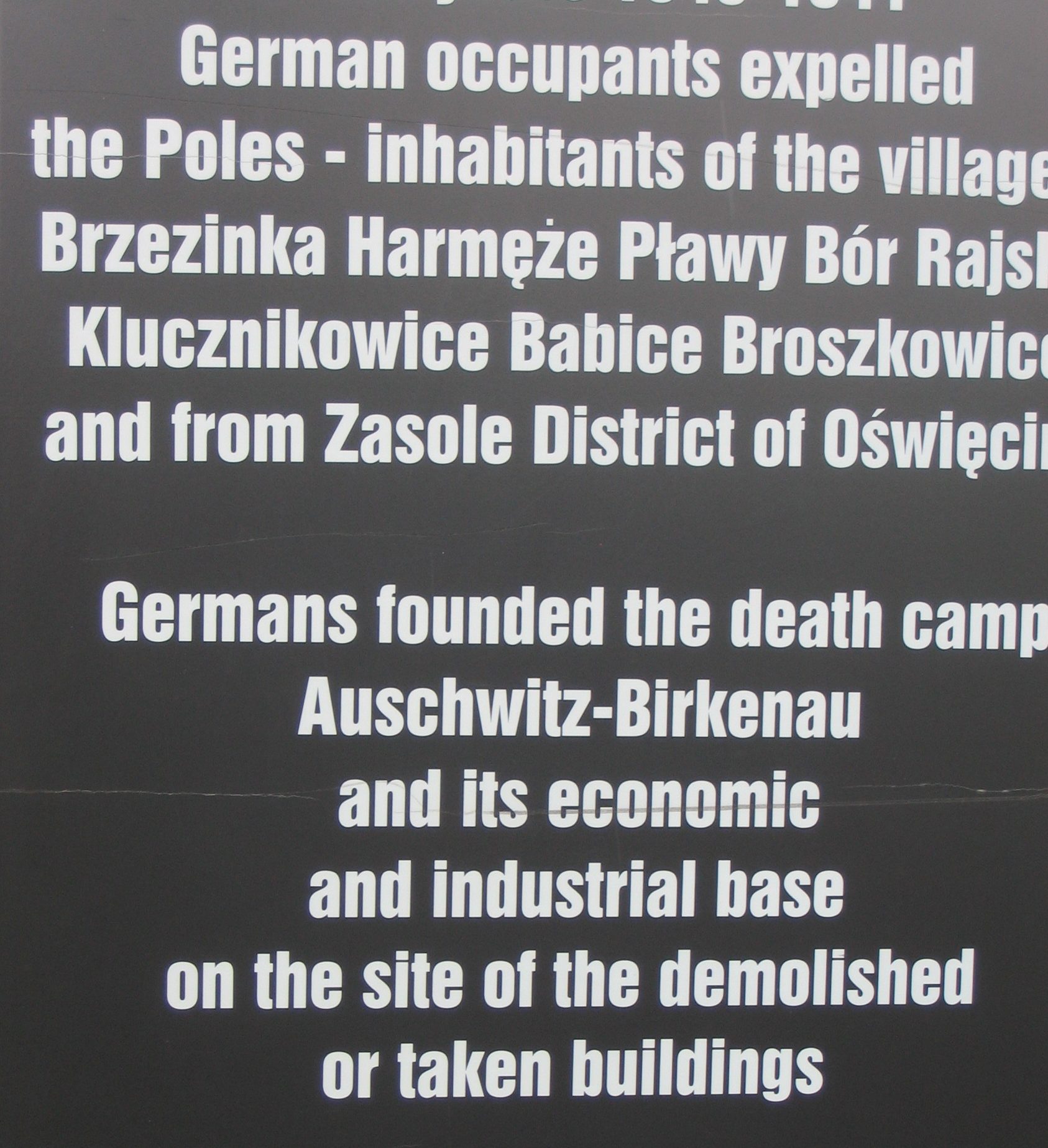
There are two main parts to the site:
- Auschwitz 1, or the “Stammlager”, and
- Auschwitz II, aka Auschwitz-Birkenau.
Admission to the sites is free but due to an overwhelming interest in visiting, reservations must be made at visit.auschwitz.org. There are charges for guides, which I would recommend as a starting point. At some months of the year, it is compulsory to have a guide in order to visit Auschwitz One.
I recommend at least a full day, although I could have done the second day to see everything. I am not sure emotionally, I could have coped with two full days.
These are the rules for visiting which the Museum tries to get people to read and understand. It is illegal to damage the site or take items of historical significance from Auschwitz but that does not stop some souvenir hunters or vandals (see gates below).
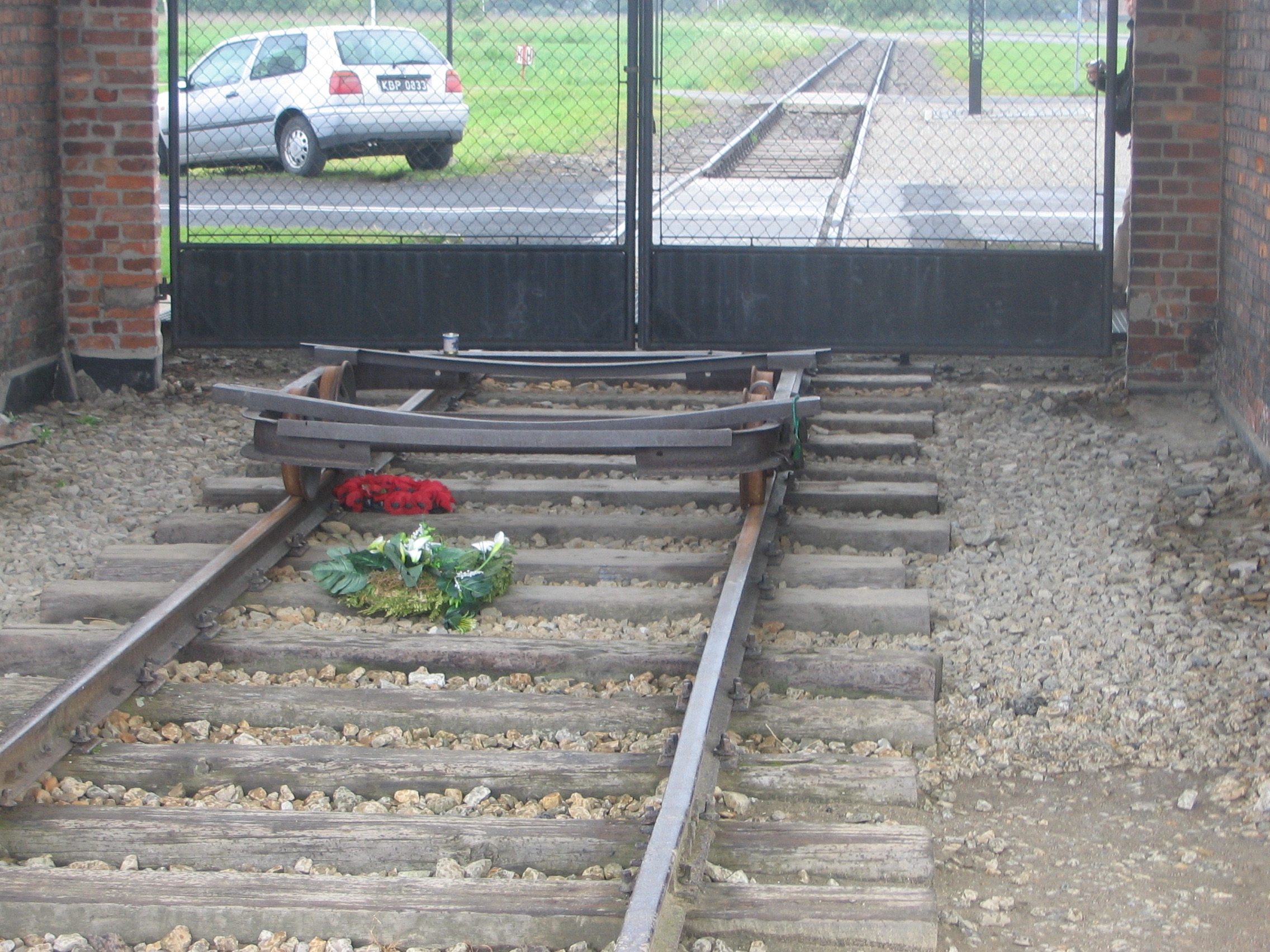
Getting there and getting Around
There are many package tours to the Museum from Krakow.
I went as an independent traveller and took a train from Krakow to Oświęcim and then walked to the Museum, although I could have connected to a local bus to the Museum entrance. I took the bus back to the station on my return. The trains leave from Krakow Main Railway Station at least hourly. The journey lasts about an 1 hour and 40 minutes. There are also buses to and from Krakow which stop a ten-minute walk from the Museum entrance.
There is an hourly shuttle bus between Auschwitz One and Birkenau. You can walk between the two.
Krakow is connected non-stop by air to 65 destinations across Europe. Trains connect Krakow with Berlin, Budapest, Gdansk, Vienna and Warsaw.
Exploring the Site
I highly recommend the introductory film before walking through the camps.
Auschwitz One is the older, smaller and much more solidly brick-built former concentration camp. It is also where you find the main Museum. The grounds are actually quite pretty with tall trees, well-kept brick buildings and grassed areas. They are surrounded by the watchtowers ane electrified fences which are the grim reminder of the evilness of this places.
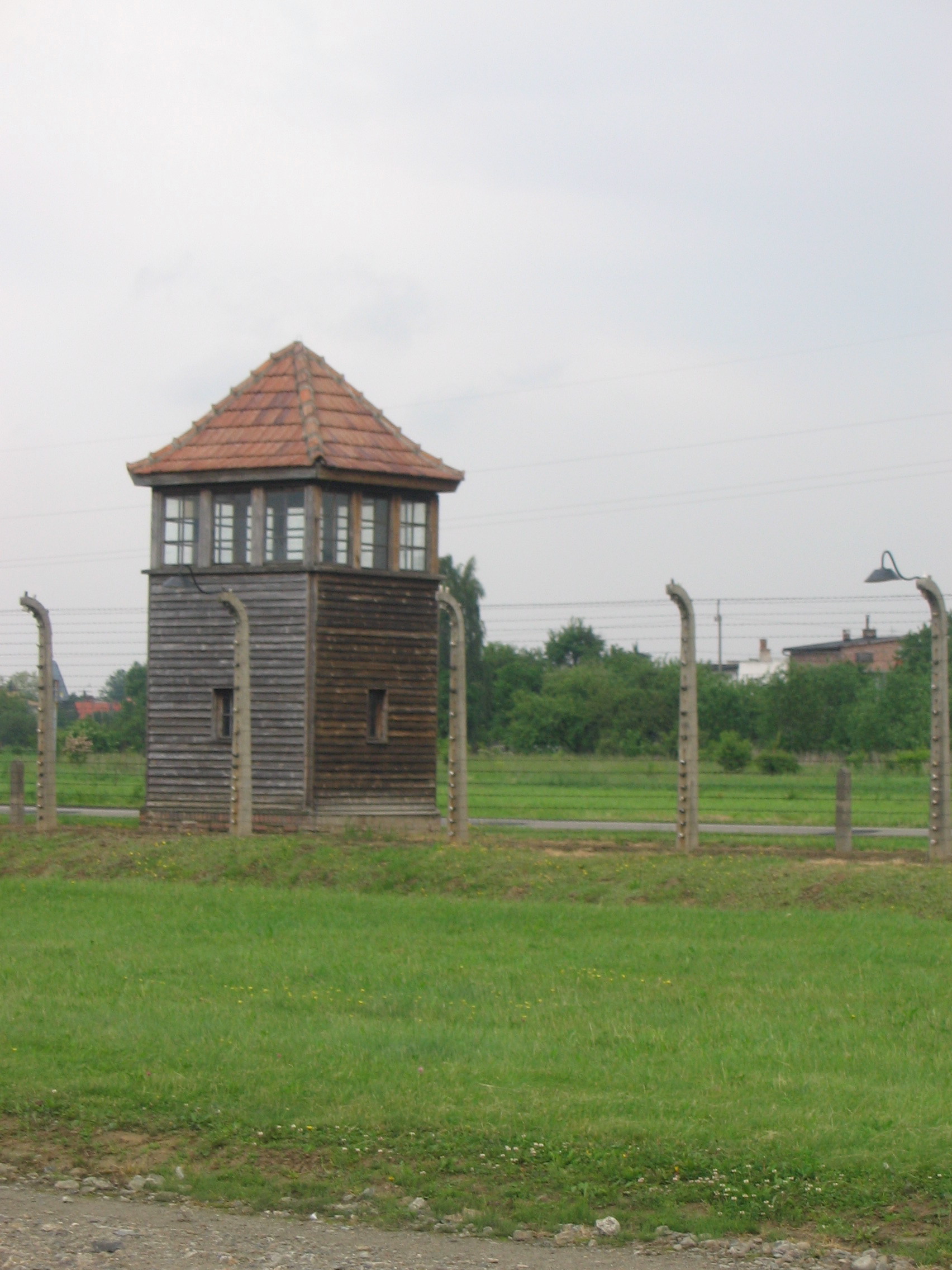
The main Museum contains historical background, photographic evidence, as well as plans and charts. It also includes many items confiscated from the prisoners by then Nazis. These include a gigantic heap of shoes, a huge pile of brushes, innumerable prosthetic limbs, a huge pile of human hair and the well-known pile of suitcases with the names and places of origin of the victims written on in white.
Auschwitz-Birkenau has nearly 200 hectares of grounds and was the centre for the machinery of mass extermination. The grounds include the ruins of the gas chambers and crematoria. The first gas chamber at Birkenau was the Bunker One also known as the “Red House” which commenced operations in March 1942. Bunker Two or the “white house” was converted some weeks later. A large proportion of the victims killed at Auschwitz were murdered in the gas chambers, by means of the poison gas Zyklon B – originally, a pesticide.
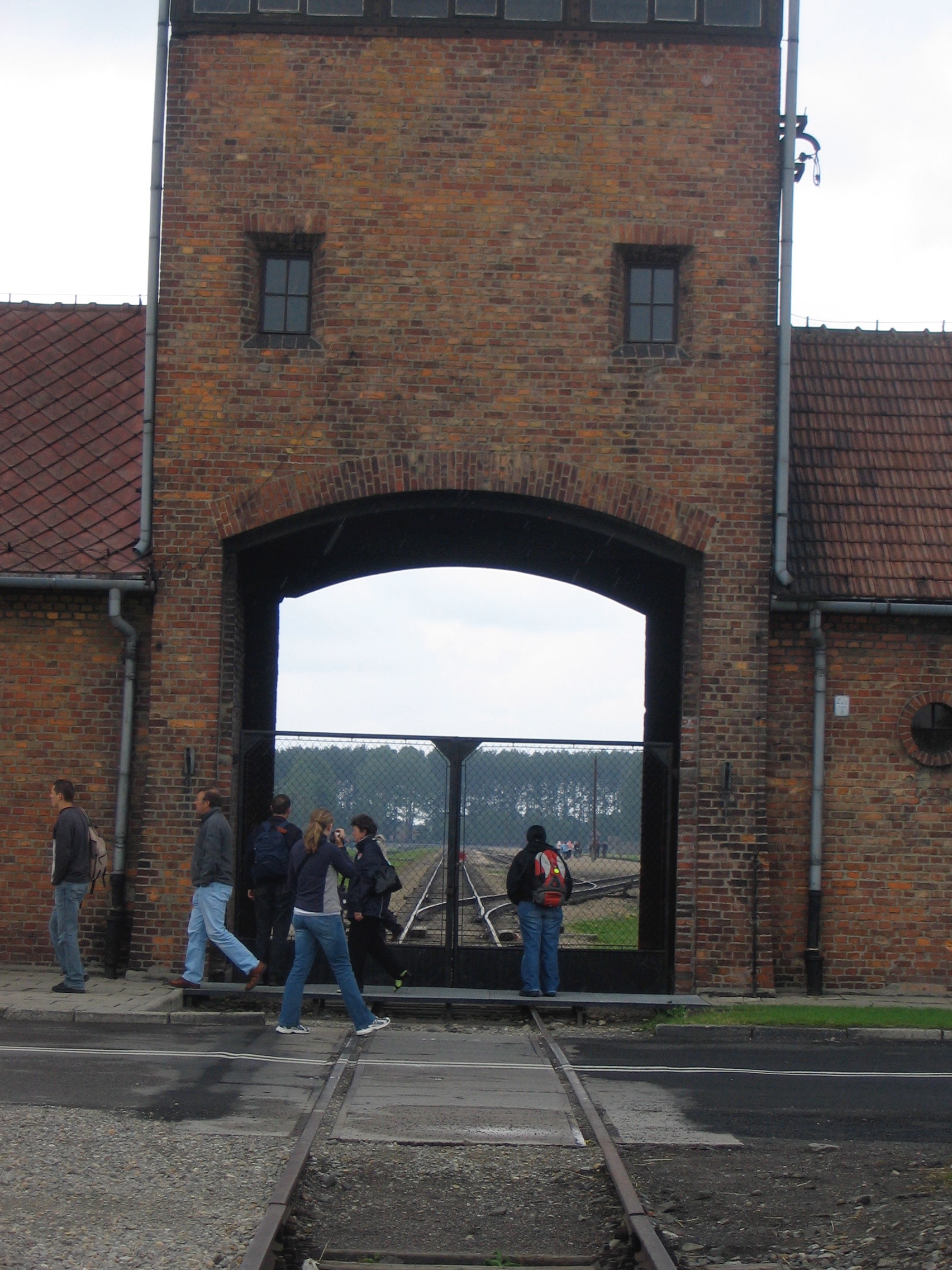
Here is where prisoners were “offloaded” and “sorted”.
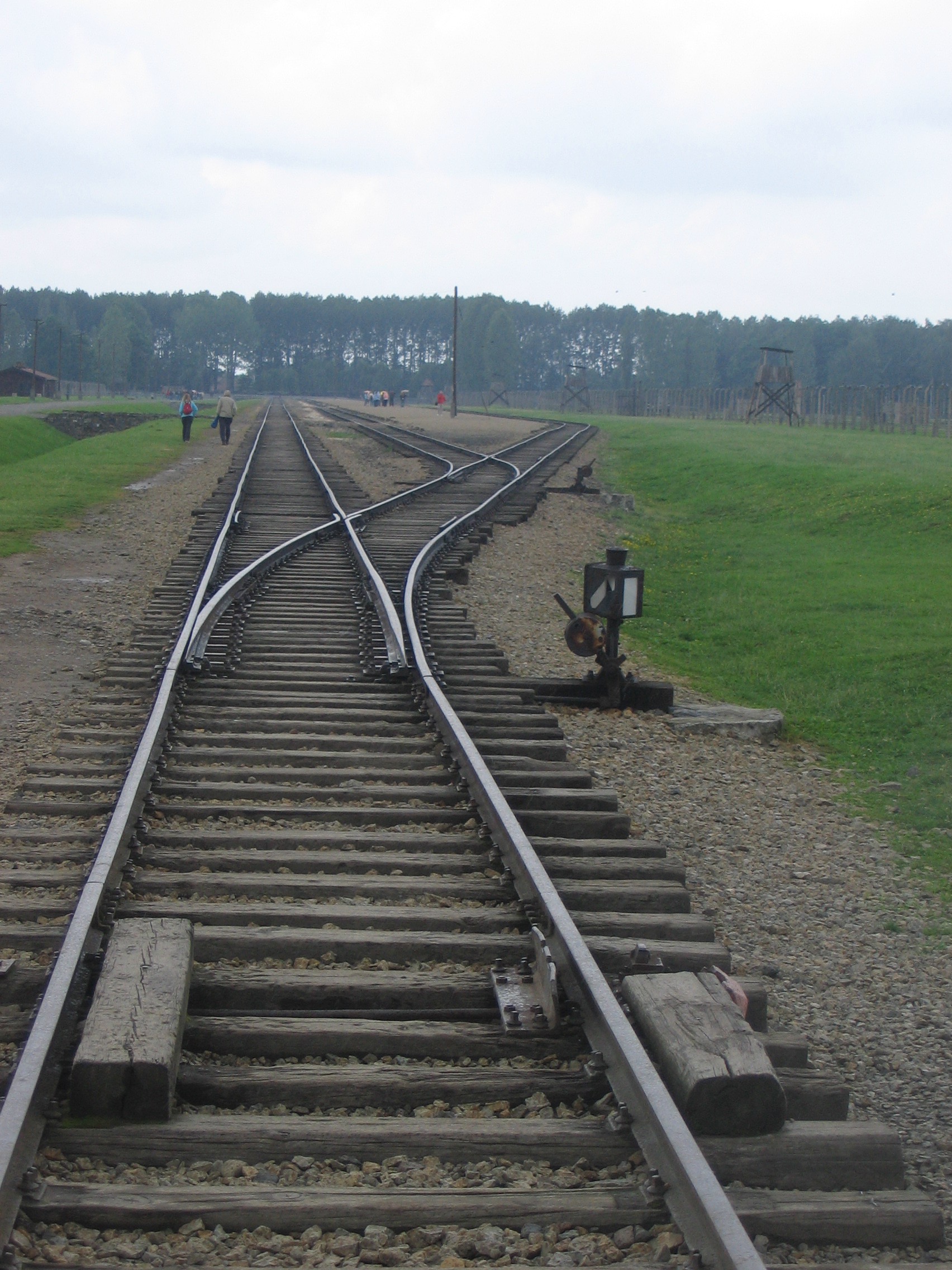
Like all of the Nazi Concentration camps, the entrance under which hundreds of thousands of people were corralled carried the words: “Arbeit macht frei” (“Work Makes You Free”). In December 2009 the original sign was wrenched off the pillars by a Swedish Nazi and Poli accomplices and cut into three segments. The sign was recovered and placed securely in the Museum whilst a replica was placed here.
Many people take selfies under this gate which stirs up many debates. Taking any photos with myself in them in Auschwitz felt strange (as you can see from my expression above). I do not have many pictures of me in this place.
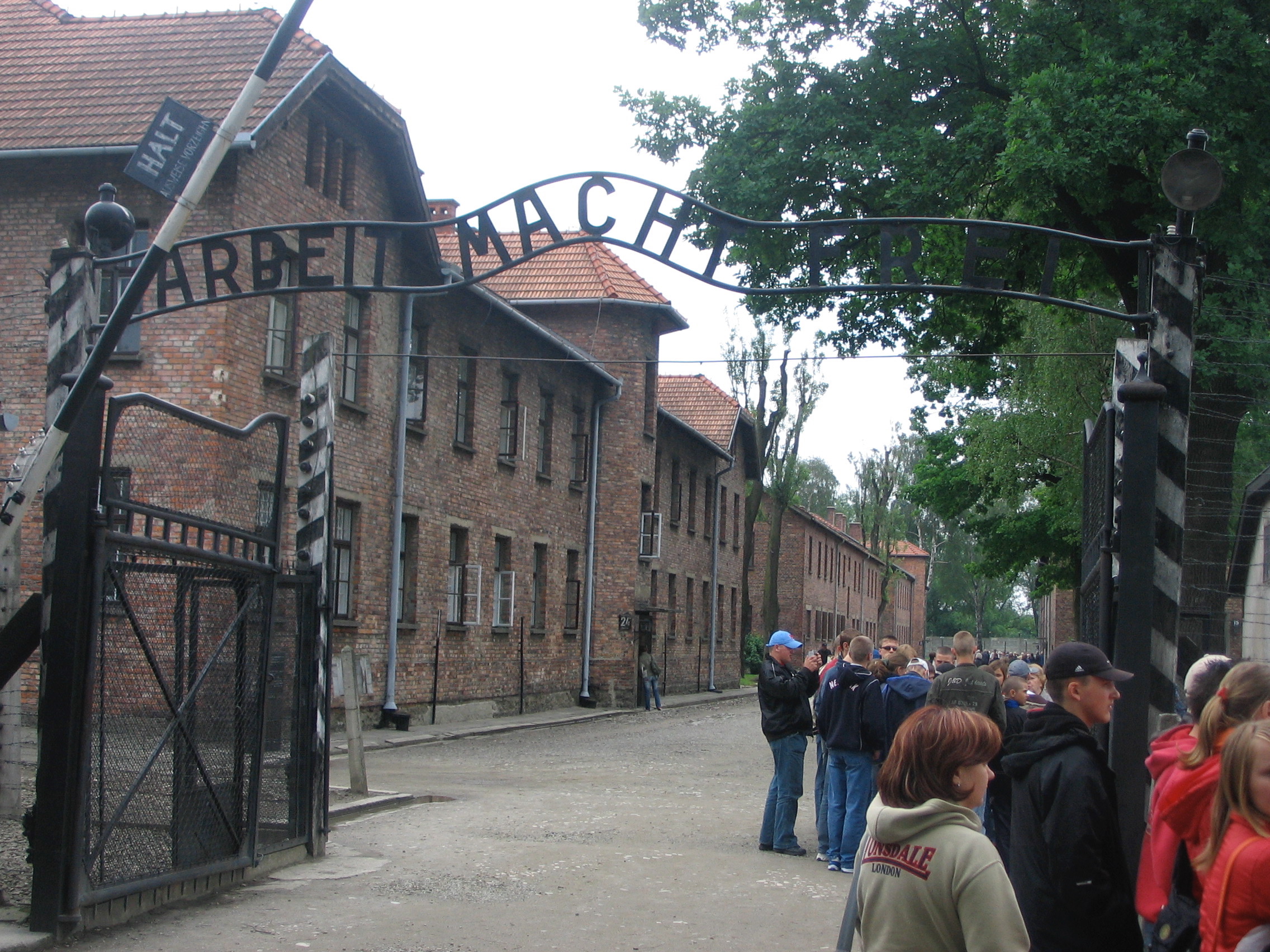
Many of the Blocks at Auschwitz, have been turned into museum rooms with glass display cases with contents as mentioned above including the hair and suitcases.
In Block seven, exhibits explain the Living Conditions in the camp and include a display of three-tiered bunk beds used through the camp.
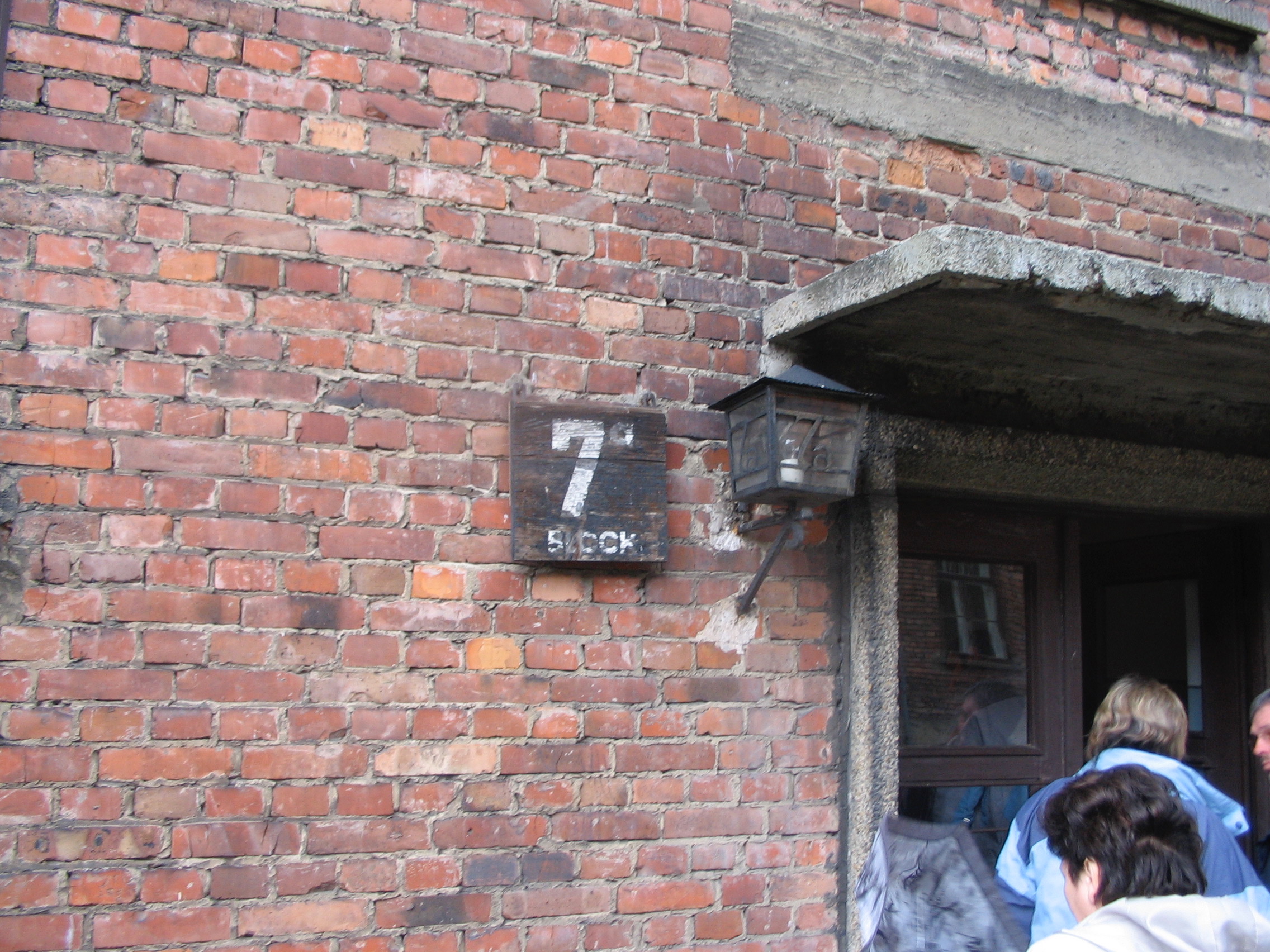
Block 21 is about the Nazi’s treatment of Dutch Jews.
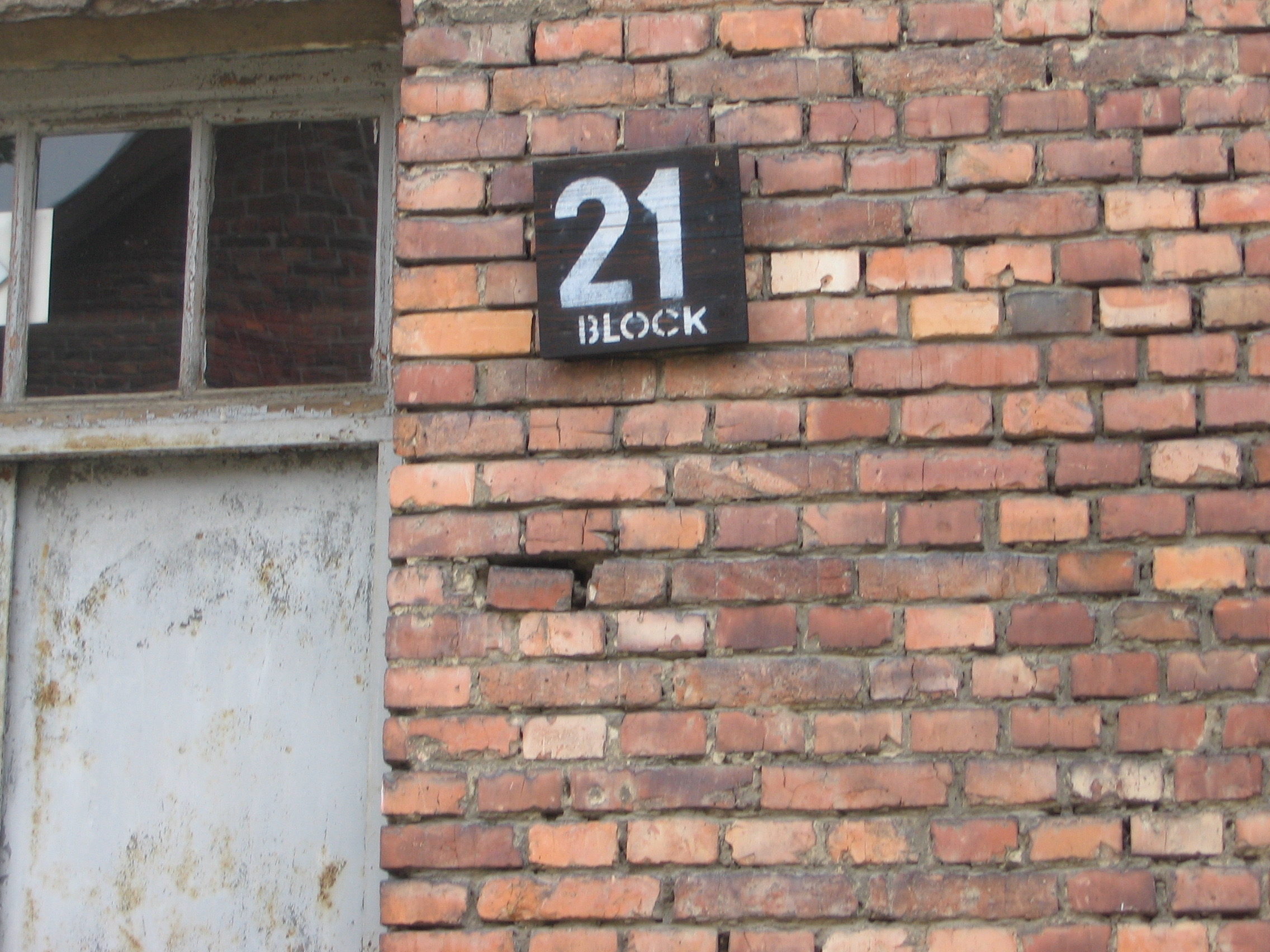
You can enter the Barracks in Auschwitz-Birkenau, which are described by so many in diaries and accounts of their life in this terrible place.
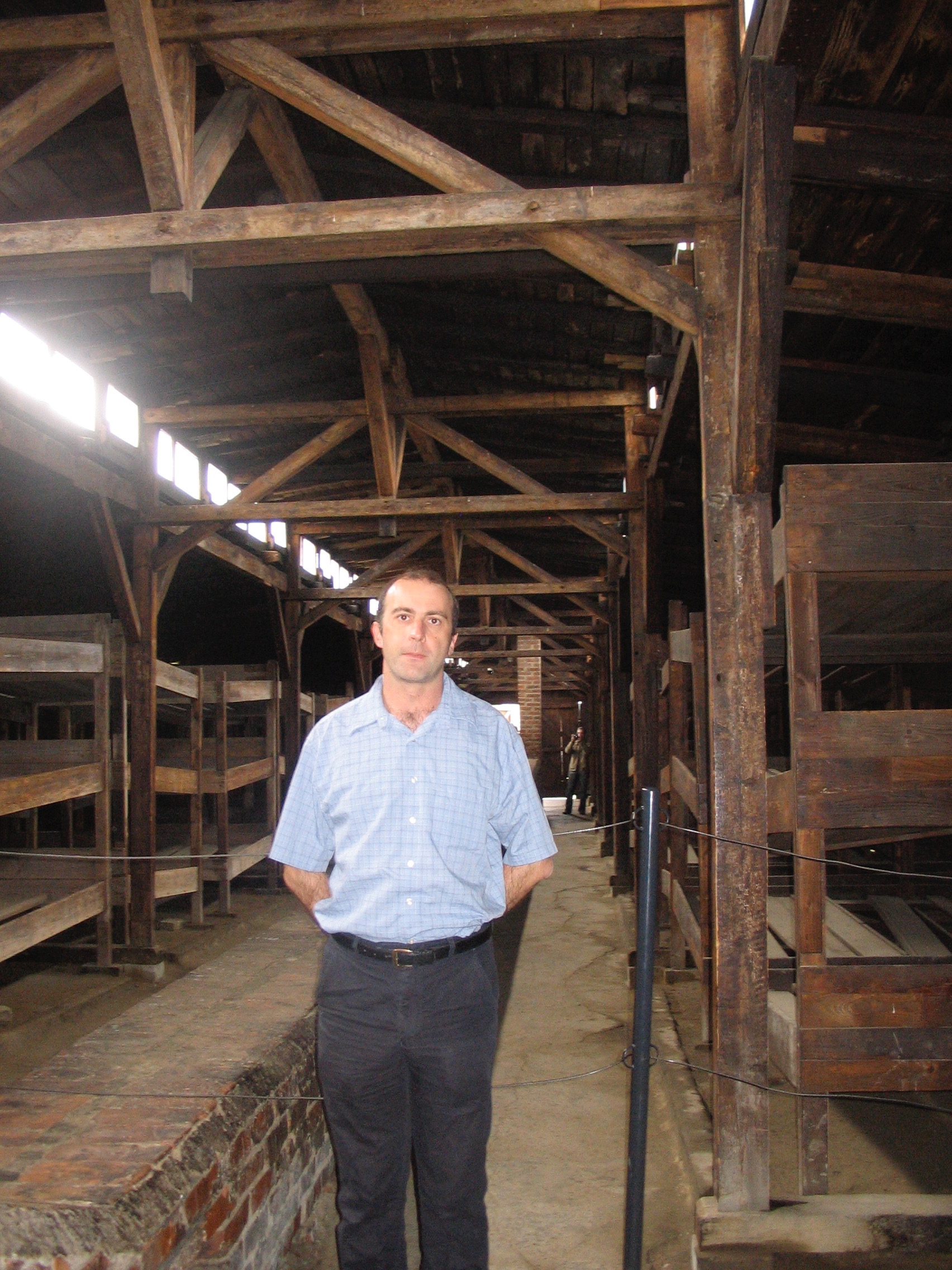
I left with a new determination to continue to uphold the dignity of all humans. Gender, wealth, race, nationality, sexuality and religion are all stupid measures we use to discriminate. Yet humans continue to try and stop other humans having a full life.


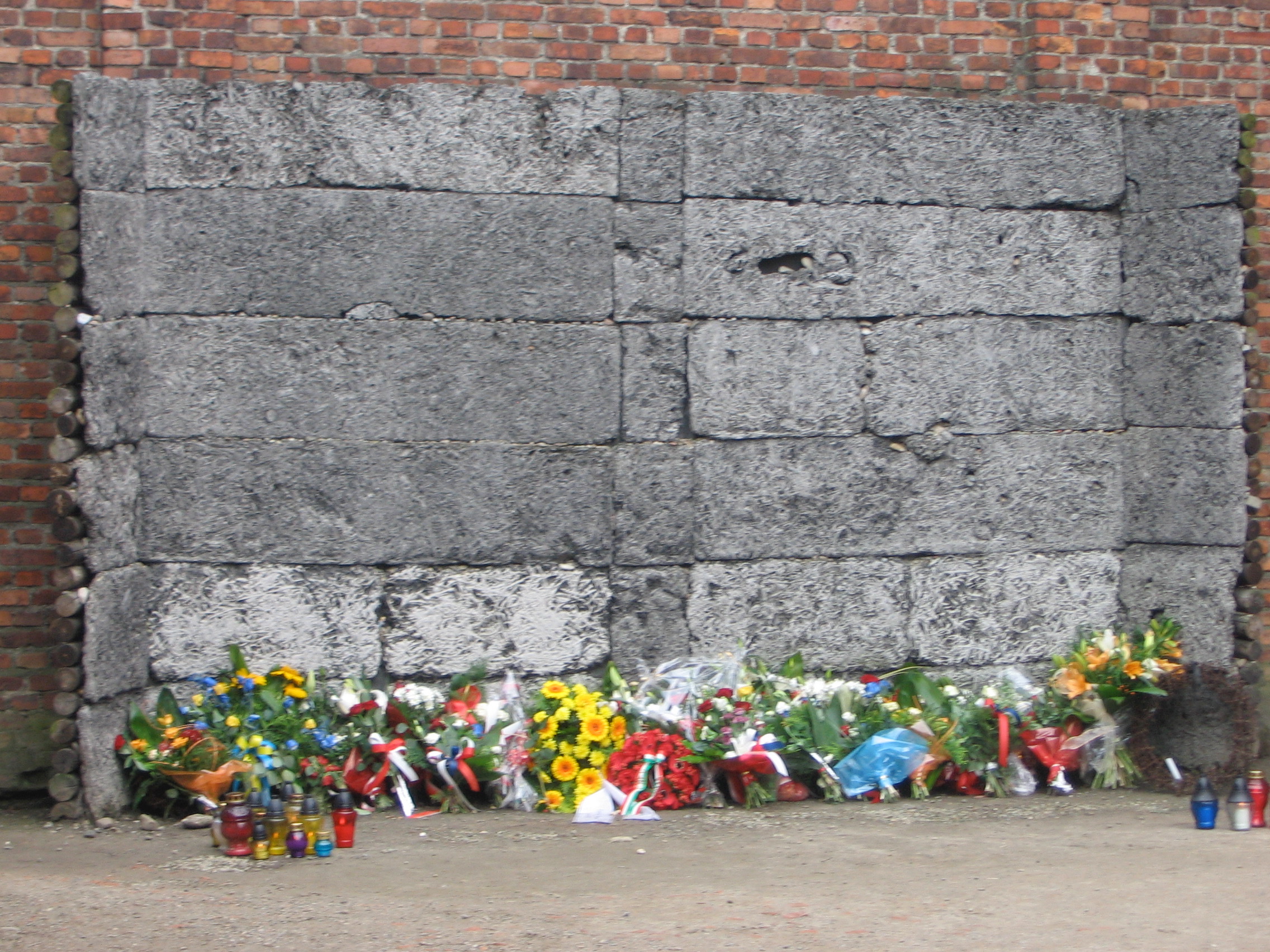
I visited this haunting place back in April of this year, Martin; and I have already posted my first article about it pertaining to a Holocaust survivor who recounted her memories — one in particular about a little girl who found her sister but lost her mother to the “smoke”.
It was unusually crowded when I visited because of the annual March of the Living event, which was to be held the next day. I lucked out; but as you alluded about the dilemma with crowds, every human being should visit — although I know of some who just are not able to withstand their visit emotionally.
When were you there? Did we just miss each other?!?
Yes. We did miss each other. I promise I am not stalking you!